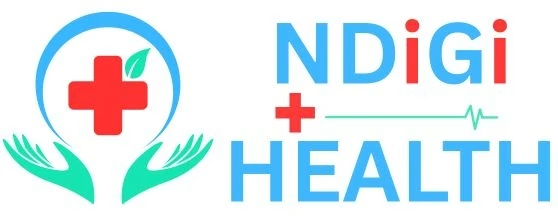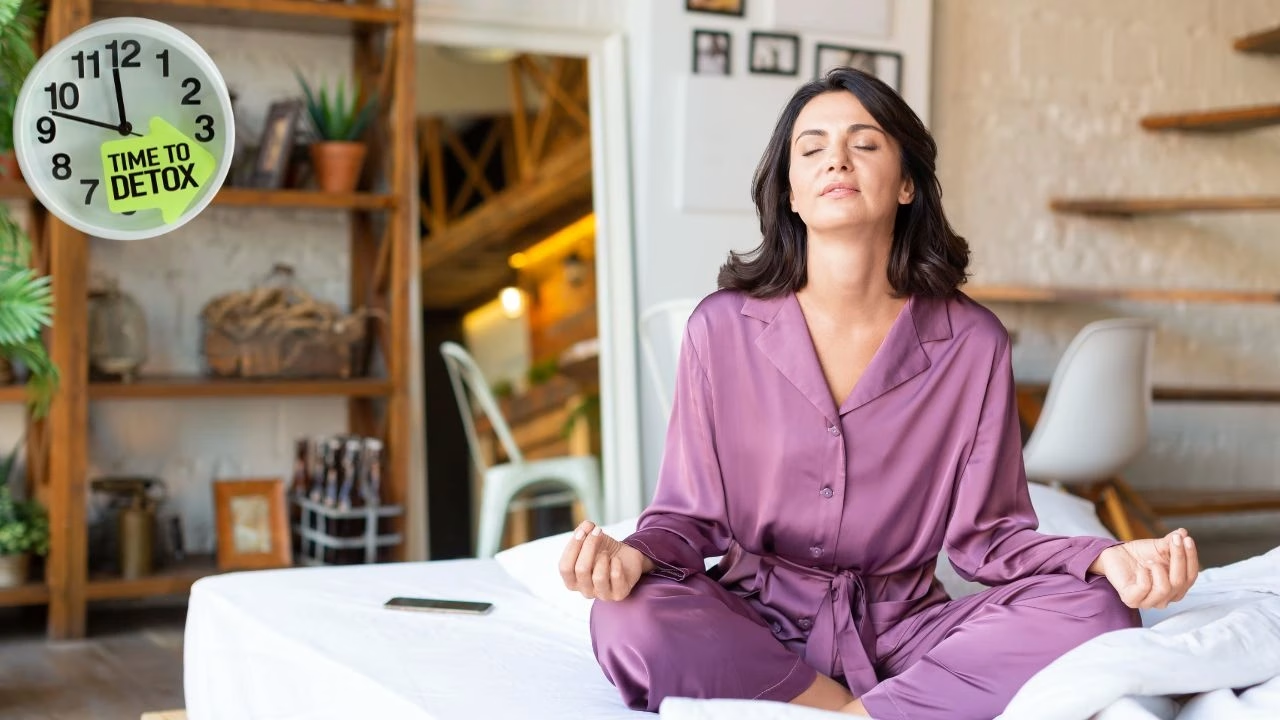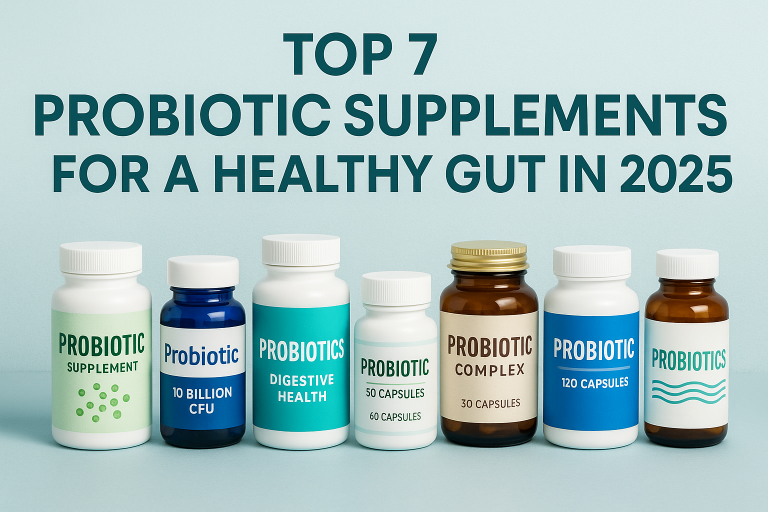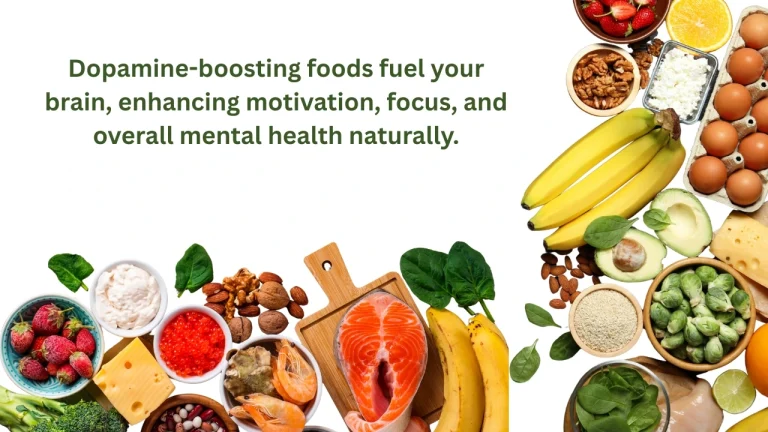Digital Detox
Digital detoxing has become essential in a world where screens, social media, and cellphones take up almost all of our time. In 2025, more people are choosing to take time off from technology to better connect with themselves, enhance their health, and find calm in a society that is overstimulated.
This guide offers helpful steps to help you reset your body and mind in a hyperconnected world, as well as an explanation of the what, how, and why of a digital detox.
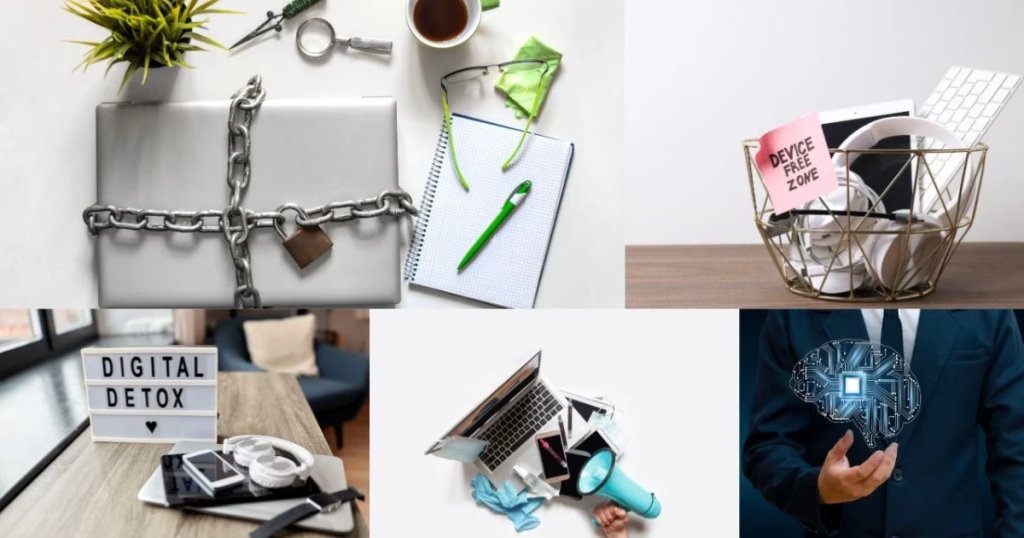
A digital detox: what is it?
A planned period of time when a person abstains from using digital devices such as computers, tablets, televisions, and smartphones is known as a “digital detox.” Reducing the stress, anxiety, and mental exhaustion brought on by continuous connectivity is the aim.
Digital detoxing, whether it’s a 30-day tech-free challenge or a weekend offline, benefits you in the following ways:
- Get rid of mental clutter
- Improve your quality of sleep.
- Restore your creativity and focus.
- Restore your eye health and posture.
The Significance of Digital Detoxification in 2025
Device Overstimulation
Notifications, pings, and endless scrolling are all around us. Our nervous system is overloaded by this continuous mental stimulation, which causes anxiety and burnout.
Mental Health Declines
Excessive screen time is strongly associated with depression, according to studies, particularly in teens and remote workers.
Alterations in Sleep Patterns
Screen blue light interferes with the production of melatonin, which makes it more difficult to fall and stay asleep.
Disintegration of Relationships in Real Life
Deep, in-person interactions—which are crucial for emotional health—become less frequent the more we connect online.
Low Focus and Productivity
Concentration and cognitive function are diminished by multitasking and continual device checking.
Advantages of a Digital Detox for the Body and Mind
Decreases Anxiety and Stress
Disconnecting from electronics allows your brain to relax, which lowers levels of the stress hormone cortisol.
Enhances the Quality of Sleep
Spending less time on technology before bed promotes deeper, more restful sleep by reestablishing natural sleep cycles.
Increases Concentration and Creativity
Reducing distractions helps you think more clearly and creatively.
Strengthens Bonds
Participating in in-person discussions enhances empathy and fortifies relationships.
Promotes Mindful Living
You can slow down, think, and live purposefully instead of reactively when you’re on a detox.
How to Complete a Digital Detox
Establish Your Detox Limits
Choose between a partial detox (no social media, for example) and a full detox (no screens at all). With a 24-hour break, you can start small and work your way up.
Establish a Start and End Date
A weekend retreat, a seven-day challenge, or a daily screen-free evening after 8 PM are examples of timeframes that you can commit to.
Inform Your Network
Inform your loved ones, friends, and coworkers that you will be unavailable. Use status messages and configure auto-replies.
Get Rid of Digital Temptations
Turn off push notifications. Use apps like Freedom, StayFocusd, or One Sec to block distracting websites.
Use Insightful Activities to Close the Gap
In place of screen time, use:
- Reading books in print
- Yoga or strolling
- Journaling or cooking
- Meditation or actual dialogue
A 7-Day Sample Digital Detox Plan
- Day 1: No phones during meals
- Day 2: An hour-long walk in the outdoors without technology
- Day 3: No screens after 8:00 p.m.
- Day 4: Temporarily uninstall social media apps
- Day 5: Meditate for 30 minutes; Day 6: Read a book in print for an hour
- Day 7: Completely unplug for 12 hours (no screens).
Long-Term Routines for a Better Digital Life
- Establish a weekly “digital sabbath” by setting aside one day to avoid using technology.
- Use an analog alarm clock in the bedroom without a phone.
- App Detox: Every month, get rid of unnecessary apps
- Mindful Checking: Check social media and email only during designated times.
- No-Scroll Zones: Avoid using phones in restrooms and dining areas.
Digital Detox’s Future in an Interconnected World
More people are choosing mental clarity over digital clutter in 2025. In response, tech companies are releasing features like minimalist phone settings, “do not disturb” modes, and screen-time alerts.
With required offline breaks and “unplugged hours,” even workplaces and schools are encouraging digital wellness. One lifestyle trend that is here to stay is the rise of digital minimalism.
FAQs for the Digital Detox
1. How long is the ideal time frame for a digital detox?
Begin with a day. For greater advantages, gradually extend to a weekend or entire week. Short, frequent breaks may be more sustainable than lengthy, infrequent ones.
2. Is it still possible to use my phone in an emergency?
Indeed. Mindfulness, not complete detachment, is the aim. You can keep your phone but disable notifications and apps that aren’t necessary.
3. Can kids and teenagers benefit from a digital detox?
Of course. It lowers the risk of screen addiction and enhances focus and sleep. Try spending time outside or having family hours without technology.
4. What if I have to be online all the time for work?
Establish limits. To remain productive, use “focus blocks” during the day and set aside time after work to avoid screens.
5. How can I successfully complete a digital detox?
Be consistent, set goals, and substitute fun activities for screen time. For accountability, sign up for a challenge or detox group.
In conclusion
A digital detox is an effective way to revitalize your mind, body, and soul in our fast-paced, hyperconnected world. A tech-free lifestyle, even for a few hours each day, can significantly enhance your quality of life, whether your goal is to improve your sleep, lower your anxiety, or just regain your focus.
Begin modestly. Unplug on purpose. You are just one power-down away from your tranquility.
